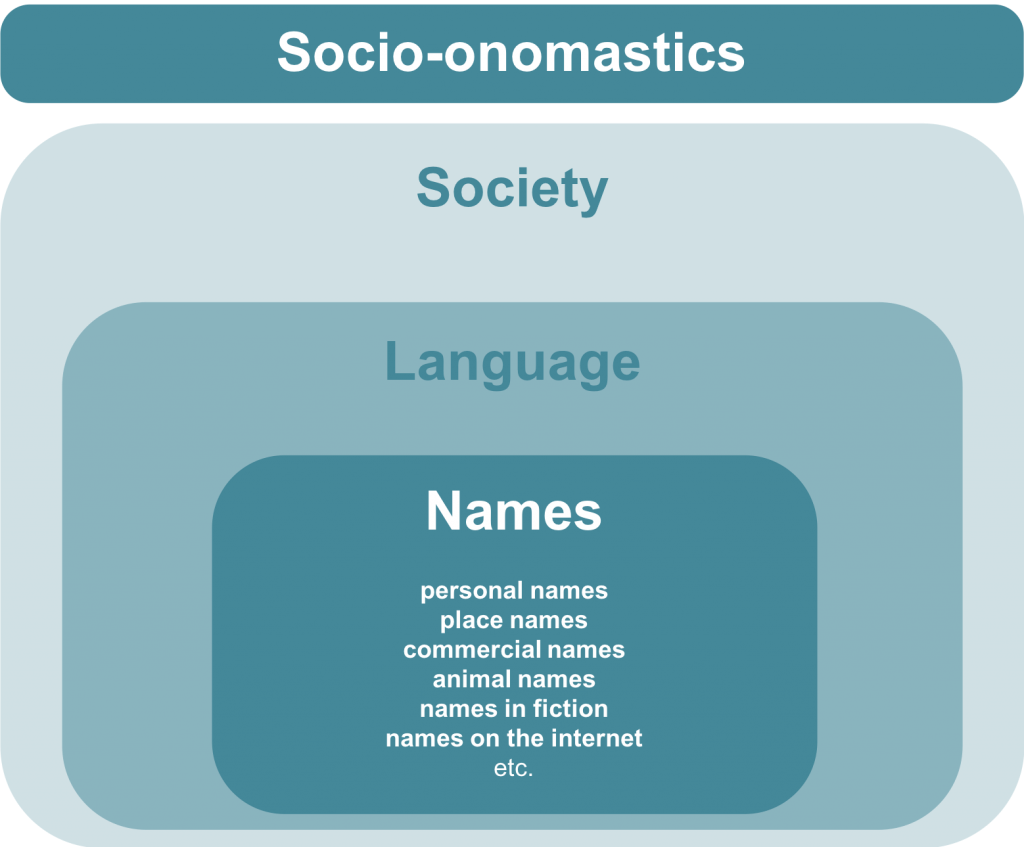
How it started…
The research network New Trends in Nordic Socio-onomastics started as a NOS-HS funded workshop program during 2018 and 2019. We wanted to stimulate innovative research development within the socio-onomastic field by enabling Nordic researchers to come together, participate in discussions, explore new theoretical and methodological tools and identify new problem areas suitable for future joint Nordic projects. A workshop series was organized, that focused on a) new theoretical perspectives relevant for socio-onomastic studies, b) new methodolgical tools suitable for contemporary synchronic onomastic studies and c) new methodological tools suitable for historical and diachronic onomastic studies.
Why socio-onomastics?
Despite the multifaceted research in socio-onomastics thus far, many important areas had hardly been touched upon when the NOS-HS funded workshop program began in 2018 and 2019. During the workshops, we examined how the analysis of names in the present and in historical time can provide important perspectives on structural problems, challenges and cultural developments such as globalization, migration, cultural diversity, urbanization, different groups’ inclusion or exclusion in society, majorities vs. minorities, and digitalization. We found that, by combining historical and contemporary materials, we can understand contemporary issues in a larger perspective, allow for a more problematized understanding of the phenomenon by diachronic perspectives, gain new insights to which name pattern that has historically led to which consequences – and thereby perceive a better understanding of the present.
What was achieved?
The aim was to establish a research network and identify themes suitable for common Nordic research applications – and we did! A total of 22 researchers – from Denmark, Finland, Norway and Sweden – participated in the network activities and showed great enthusiasm in the project. As a result of the workshops, six promising research themes were identified: Trends in Personal Names, What is a Name?, Minority and Multilingualism, Name and Nationalism, Digital landscapes in the Nordic Countries and Names in writing. These will be further explored in a near future. We also identified the need for a socio-onomastic scientific journal, which we were able to create through the transformation of the current Studia Anthroponymica Scandinavica into the new Nordic Journal of Socio-Onomastics / Tidskrift för nordisk socio-onomastik (more information about the new journal is soon available at: http://gustavadolfsakademien.se). Our many discussions within the network were documented through Flinga-files as well as through blog posts on the website. Last but not least, this website was created as a centre for the network communication and will continue to show the activities within the network.
Emilia Aldrin, Terhi Ainiala, Birgit Eggert
(Graphics by Bo Nissen Knudsen)


